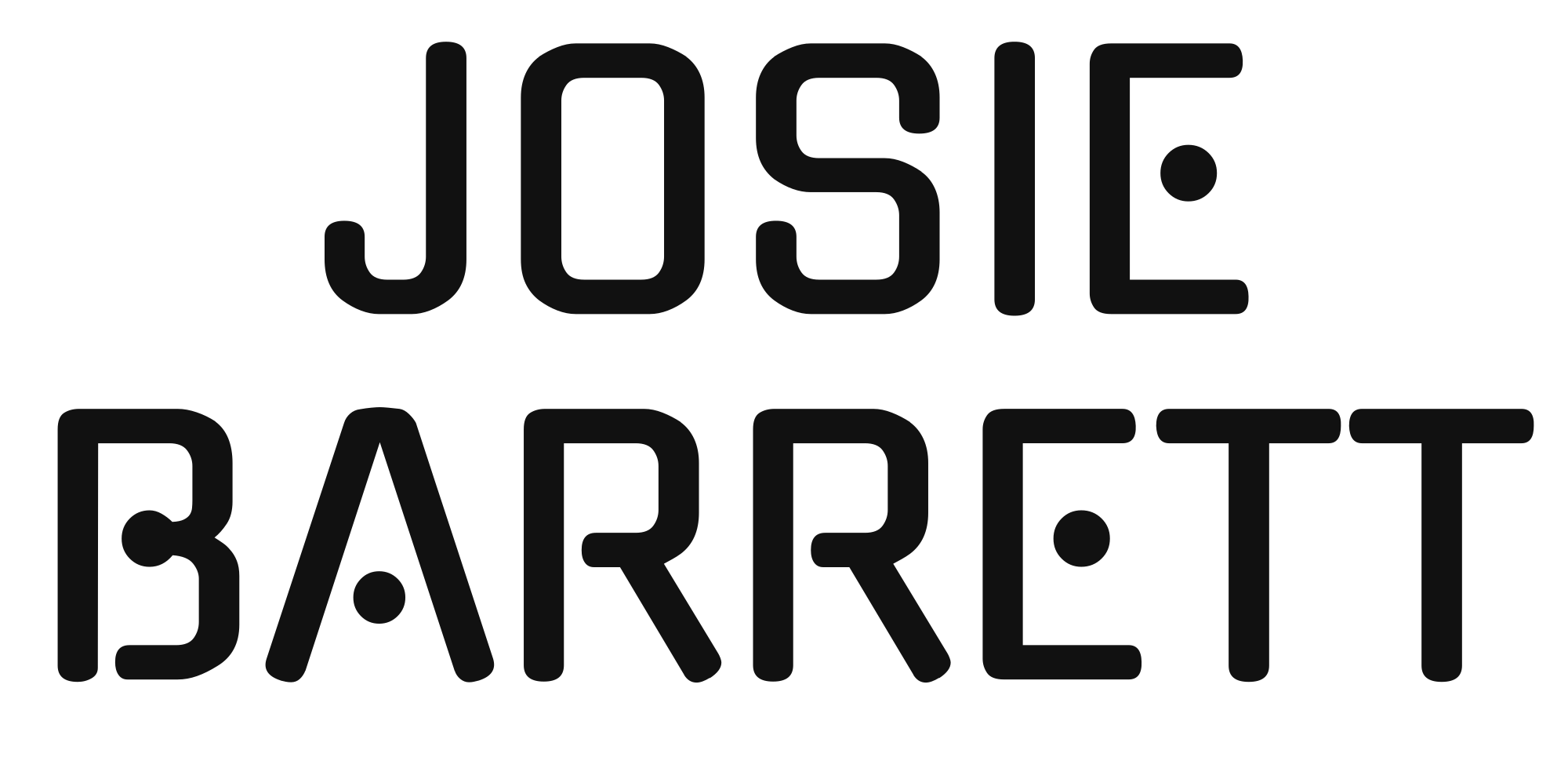Defining Gender Neutrality in Language
English, like many languages, has historically been structured around gendered pronouns and terms. This can create barriers for individuals who identify outside the traditional binary of male and female. Gender-neutral language seeks to address this issue by using words and phrases that do not assume or reinforce gender distinctions.
Linguistic Constructs vs. Social Reality
Defining gender neutrality in language is a complex endeavor, as it intersects with both linguistic constructs and social realities. While gendered language is deeply ingrained in the structure of English, movements towards greater inclusivity have led to the development and increasing use of gender-neutral alternatives.
For example, “they/them” pronouns have gained wider acceptance as a way to refer to individuals whose gender identity is not male or female. Similarly, using job titles like “chairperson” instead of “chairman” or “firefighter” instead of “fireman” aims to create a more inclusive environment.
However, the effectiveness of gender-neutral language depends on various factors, including individual understanding and societal attitudes. Some argue that simply changing words is insufficient to address deeper systemic issues related to gender inequality. Others contend that even small changes in language can contribute to creating a more accepting and equitable society.
Inclusive Language Practices
The use of inclusive language is crucial for fostering an environment where everyone feels seen and respected. It involves being mindful of the words we choose and their potential impact on others. This means avoiding language that reinforces harmful stereotypes or excludes individuals based on gender identity or expression.
There are several practices that can promote inclusivity in English. One is using gender-neutral pronouns, such as “they/them,” when referring to someone whose gender is unknown or non-binary. Another is opting for gender-neutral job titles and language, such as “chairperson” instead of “chairman.”
Additionally, it’s important to avoid language that relies on gendered assumptions. For example, instead of saying “mankind,” consider using “humanity” or “all people.” By being conscious of our language choices, we can create a more inclusive and welcoming space for everyone.

Pronoun Usage: Beyond He/She
Defining gender neutrality in language is about moving away from words and phrases that inherently assume a binary gender structure. This means recognizing that not everyone identifies as strictly male or female and striving to use language that respects this diversity.
Pronoun usage is a key aspect of gender-neutral language. While “he” and “she” have long been the standard, the adoption of “they/them” as a singular pronoun for individuals who are non-binary or whose gender identity isn’t aligned with the binary has become increasingly common.
Beyond pronouns, gender-neutral language involves being mindful of word choices in general. For example, using “chairperson” instead of “chairman” or “firefighter” instead of “fireman” avoids reinforcing traditional gender roles associated with certain occupations.
Ultimately, the goal of gender-neutral language is to create a more inclusive and equitable society where everyone feels represented and respected.
Job Titles and Descriptions
Defining gender neutrality in language involves shifting away from terms that presume a binary understanding of gender (male and female). It’s about using words and phrases that respect the diversity of gender identities and expressions.
Pronouns are a crucial part of this shift. While “he” and “she” have been traditional, “they/them” has gained wider acceptance as a singular pronoun for individuals who identify as non-binary or whose gender identity doesn’t align with the binary.
Beyond pronouns, job titles and descriptions can be made more inclusive by using gender-neutral language. For example, “chairperson” instead of “chairman” or “flight attendant” instead of “stewardess” avoids perpetuating traditional gender roles.
By consciously choosing gender-neutral language, individuals and organizations can contribute to a more inclusive and equitable environment for everyone.
Addressing People
Defining gender neutrality in language means moving away from words that assume a binary understanding of gender (male and female). It’s about using words and phrases that respect the diversity of gender identities and expressions.
Pronouns are a key aspect of this shift. While “he” and “she” have traditionally been used, “they/them” has gained wider acceptance as a singular pronoun for individuals who identify as non-binary or whose gender identity doesn’t align with the binary.
Beyond pronouns, job titles and descriptions can be made more inclusive by using gender-neutral language. For example, “chairperson” instead of “chairman” or “flight attendant” instead of “stewardess” avoids perpetuating traditional gender roles.
By consciously choosing gender-neutral language, individuals and organizations can contribute to a more inclusive and equitable environment for everyone.
The Impact of Gender-Neutral Language
Breaking down the concept of gender neutrality in language means recognizing that words carry power and impact. English, traditionally rooted in a binary understanding of gender (male and female), is gradually evolving towards inclusivity.
Challenging Binary Norms
Gender-neutral language is about using words and phrases that do not assume or reinforce gender distinctions. This is crucial for creating an environment where everyone feels seen and respected, regardless of their gender identity or expression.
The use of gendered pronouns like “he” and “she” can exclude individuals who identify outside the traditional binary. Adopting gender-neutral pronouns like “they/them” acknowledges this diversity and promotes inclusivity.
Beyond pronouns, job titles and descriptions can be made more inclusive by using gender-neutral language. For example, instead of “chairman,” use “chairperson,” or instead of “flight attendant,” use “flight crew member.”
It’s important to recognize that language is constantly evolving. As societal understanding of gender expands, so too will the ways we communicate. Embracing gender-neutral language is a step towards creating a more equitable and just world.
Promoting Inclusivity and Equality
English, like many languages, has historically been structured around gendered pronouns and terms. This can create barriers for individuals who identify outside the traditional binary of male and female. Gender-neutral language seeks to address this issue by using words and phrases that do not assume or reinforce gender distinctions.
Defining gender neutrality in language is a complex endeavor, as it intersects with both linguistic constructs and social realities. While gendered language is deeply ingrained in the structure of English, movements towards greater inclusivity have led to the development and increasing use of gender-neutral alternatives.
For example, “they/them” pronouns have gained wider acceptance as a way to refer to individuals whose gender identity is not male or female. Similarly, using job titles like “chairperson” instead of “chairman” or “firefighter” instead of “fireman” aims to create a more inclusive environment.
However, the effectiveness of gender-neutral language depends on various factors, including individual understanding and societal attitudes. Some argue that simply changing words is insufficient to address deeper systemic issues related to gender inequality. Others contend that even small changes in language can contribute to creating a more accepting and equitable society.
The use of inclusive language is crucial for fostering an environment where everyone feels seen and respected. It involves being mindful of the words we choose and their potential impact on others. This means avoiding language that reinforces harmful stereotypes or excludes individuals based on gender identity or expression.
There are several practices that can promote inclusivity in English. One is using gender-neutral pronouns, such as “they/them,” when referring to someone whose gender is unknown or non-binary. Another is opting for gender-neutral job titles and language, such as “chairperson” instead of “chairman.”
Additionally, it’s important to avoid language that relies on gendered assumptions. For example, instead of saying “mankind,” consider using “humanity” or “all people.” By being conscious of our language choices, we can create a more inclusive and welcoming space for everyone.

Empowering Marginalized Individuals
Gender-neutral language is about creating a more inclusive and equitable society by moving away from words that assume a binary understanding of gender (male and female).
This shift involves using pronouns that respect the diversity of gender identities, such as “they/them” for individuals who do not identify as strictly male or female. It also means being mindful of job titles and descriptions, opting for gender-neutral alternatives like “chairperson” instead of “chairman” or “flight attendant” instead of “stewardess.”
For marginalized individuals, gender-neutral language can be incredibly empowering. It validates their identities and experiences, making them feel seen and respected in a society that often overlooks or misrepresents them.
By using inclusive language, we challenge traditional gender norms and create a space where everyone feels comfortable expressing themselves authentically.
Criticisms and Challenges of Gender Neutrality
While the goal of gender-neutral language is to create a more inclusive society, its implementation faces various criticisms and challenges. Some argue that focusing solely on language changes is insufficient to address deeply rooted societal issues related to gender inequality. They contend that true equality requires systemic change beyond mere lexical alterations.
Another criticism revolves around the potential for overuse or misapplication of gender-neutral terms, leading to awkwardness or a sense of forced inclusivity. Finding the right balance between promoting inclusivity and maintaining natural language flow can be a delicate task.
Moreover, achieving widespread adoption of gender-neutral language requires a collective effort involving individuals, institutions, and society at large. Resistance to change, lack of awareness, and ingrained linguistic habits can hinder the progress towards greater inclusivity.
Loss of Nuance and Expression
One criticism of gender-neutral language is that it can lead to a loss of nuance and expressiveness in language. Some argue that traditional gendered terms carry cultural weight and convey specific meanings that are lost when replaced with gender-neutral alternatives. They contend that this flattening of language can result in a less rich and diverse communication experience.
Another concern is the potential for ambiguity and confusion, especially when using gender-neutral pronouns like “they/them” to refer to an individual whose gender is unknown. In certain contexts, it may be unclear whether the pronoun refers to a single person or multiple people, leading to misunderstandings.
Additionally, some argue that focusing solely on language changes without addressing underlying societal issues related to gender inequality can be ineffective. They maintain that true progress requires systemic change, including challenging discriminatory practices and promoting equality in all areas of life.
Implementation Difficulties in Complex Contexts
Critics of gender-neutral language often raise several concerns:
- Loss of Nuance and Expressiveness: Some argue that traditional gendered terms carry cultural weight and convey specific meanings that are lost when replaced with gender-neutral alternatives. They contend that this can result in a less rich and diverse communication experience.
- Ambiguity and Confusion: Using gender-neutral pronouns like “they/them” to refer to an individual whose gender is unknown can lead to ambiguity, especially when it’s unclear if the pronoun refers to a single person or multiple people.
- Superficial Change: Some critics believe that focusing solely on language changes without addressing underlying societal issues related to gender inequality is ineffective. They argue that true progress requires systemic change and challenging discriminatory practices.
- Forced Inclusivity: There are concerns that overuse or misapplication of gender-neutral terms can lead to awkwardness or a sense of forced inclusivity, potentially alienating some individuals.
Implementation difficulties arise in various contexts:
- Resistance to Change: Existing linguistic habits and societal norms can make it challenging to adopt new language patterns, leading to resistance from individuals or institutions.
- Lack of Awareness: Many people may not be aware of the principles of gender-neutral language or the reasons behind its importance.
- Complexity of Language Systems: English, like many languages, has a complex structure with deeply ingrained grammatical rules and conventions. Making significant changes to these structures can be challenging.
- Cultural Differences: Different cultures may have varying understandings and attitudes towards gender identity and expression, making it important to consider cultural context when implementing gender-neutral language.
Technical Terminology
One significant criticism leveled at gender-neutral language is that it can feel unnatural or awkward. Shifting away from familiar and ingrained grammatical structures can lead to stilted expressions and impede the natural flow of conversation.
Another concern is the potential for misunderstanding, particularly when using singular “they/them” pronouns. While this pronoun has gained wider acceptance, some individuals may still find it grammatically jarring or struggle to grasp its intended meaning in certain contexts.
Furthermore, critics argue that focusing solely on language changes overlooks the deeper societal issues that contribute to gender inequality. They contend that true progress requires systemic change in areas such as legislation, education, and workplace practices rather than simply altering word choices.
Gender-neutral language is a multifaceted issue with both proponents and critics. While it aims to create a more inclusive and equitable society by recognizing the diversity of gender identities, its implementation faces various challenges. Addressing these concerns requires ongoing dialogue, education, and a willingness to adapt language in ways that promote understanding and respect for all.
Cultural Differences
Gender-neutral language is a multifaceted issue with both proponents and critics. While it aims to create a more inclusive and equitable society by recognizing the diversity of gender identities, its implementation faces various challenges.
One criticism leveled against gender-neutral language is that it can be seen as unnatural or forced, particularly when transitioning from traditionally gendered terms.
Another concern is that focusing solely on language changes without addressing underlying societal issues related to gender inequality may prove ineffective in achieving true equality.
Cultural differences also present a challenge. What is considered inclusive in one culture may not be universally understood or accepted in another.
- Language Evolution: Critics argue that language naturally evolves over time, and imposing new rules can hinder this organic process.
- Preservation of Cultural Heritage: Some contend that traditional gendered terms are part of a culture’s linguistic heritage and should be preserved.
Ultimately, the success of gender-neutral language depends on a delicate balance between promoting inclusivity and respecting diverse perspectives and cultural contexts.
Conclusion: The Evolution of Language and Inclusion
The evolution of language towards greater inclusivity is an ongoing process. While English has historically been structured around binary gender categories, the increasing recognition and acceptance of diverse gender identities have driven the adoption of gender-neutral language.
This shift reflects a broader societal movement towards equity and representation.
However, the implementation of gender-neutral language is not without its challenges. Resistance to change, cultural differences, and concerns about awkwardness or ambiguity can hinder widespread adoption.
Ultimately, the success of this linguistic evolution depends on ongoing dialogue, education, and a willingness to adapt language in ways that create a more inclusive and equitable society for all.
Explore Discreet Mini Vibrators for On-the-Go
Find Realistic Vibrators with Waterproof Capabilities
Explore Vibrators Designed for Fashionable Fun
Discover Advanced Bullet Vibrators with Innovative Features
Shop Bluetooth-Controlled Vibrators for Innovative Play
Buy Vibrators with Luxury Features That Enhance Pleasure
Get Rechargeable Wireless Vibrators with Discounts
Get Hands-Free Waterproof Vibrators Online
Pinnacle Wellbeing Media
Tasha
- Cosmelan Depigmentation Peel For Pigmentation Caused By Hormonal Changes In The UK - June 22, 2025
- What Are The Risks Of Neck Line Fillers In Surrey - June 21, 2025
- Upper Face Anti Wrinkle Treatment Near Ewhurst, Surrey - June 18, 2025
